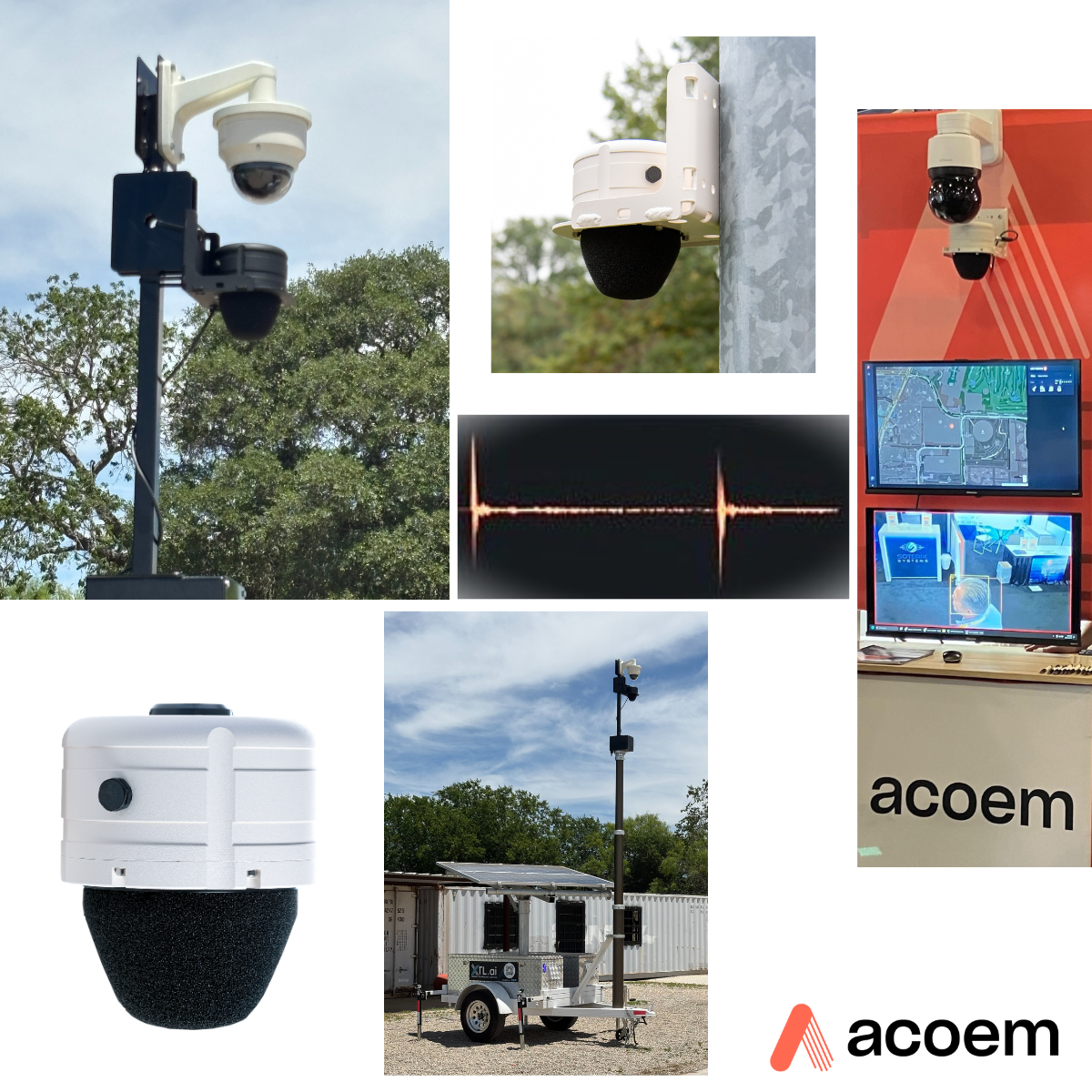The energy of a live event is undeniable
The energy of a packed stadium is electric, a symphony of cheers and excitement. But as the crowds spill out, beyond the controlled environment of the venue, a different reality takes hold. Startling data paints a concerning picture: the Gun Violence Research Center’s 2024 report highlights that a full 50% of gun violence incidents originate outdoors, with an alarming 1,848 occurring in parking lots alone. This stark statistic underscores a critical blind spot in event security – the often-overlooked areas outside the walls.

It is the inherent volatility of large crowds can complicate outdoor security. Fluctuations in emotion, from celebratory highs to post-event frustrations, that may be intensified by alcohol, can lead to unpredictable scenarios. Compounding these challenges are the logistical complexities of monitoring vast open spaces and managing the safe departure of large numbers, making robust outdoor security measures an undeniable necessity.

The recent shots fired outside the highly secured Vibrant Arena in Moline, IL, serve as a stark reminder. While the venue itself boasted strong security, the incident underscored the critical need for enhanced measures in the surrounding outdoor areas after the main event.
This is the first of three blogs that will address these critical challenges directly, examining current trends and exploring innovative solutions to ensure a safe and secure experience from arrival to departure.
The Evolving Threat Landscape and Challenges in Outdoor Stadium Security
Understanding the vulnerabilities inherent in outdoor spaces surrounding stadiums and venues is crucial. Guidance from organizations like the UK’s National Protective Security Authority (NPSA) provides valuable insights into the potential risks during the crucial ingress and egress phases – periods when large numbers of people are often concentrated and potentially less vigilant. These principles apply broadly to any location where significant crowds gather, including: stadiums, concert venues, theme parks, short-term festivals, nightclubs, and shopping malls.
Consider the typical fan: excited, perhaps chatting with friends, focused on the upcoming event, or simply tired after it concludes. In these moments of anticipation or relaxation, individuals can become “soft targets” – less aware of their surroundings and potentially vulnerable to threats.

The sheer expanse of stadium perimeters and parking lots renders traditional, static surveillance methods less effective, presenting significant logistical hurdles. Effectively securing these areas demands a strategic and dynamic deployment of resources and advanced technologies. Moreover, the unpredictable nature of weather and environmental factors can severely impact the effectiveness of outdoor security measures. Heavy rain can impair visibility for both security personnel and cameras, while extreme temperatures can affect the performance of electronic equipment and the well-being of both staff and attendees.
With these challenges in mind, let’s now delve into the key trends shaping outdoor stadium security strategies.
Elevating Stadium Security: Key Trends for Protecting Outdoor Spaces
A top trend: A layered security approach
The evolving security landscape for stadiums and outdoor venues necessitates proactive strategies that extend beyond the stadium structure itself. Securing parking lots, perimeters, and festival grounds demands a comprehensive, multi-faceted approach that leverages real-time intelligence to equip incident responders with the critical situational awareness needed for rapid and informed decision-making.

One of the most significant trends is the implementation of a layered security approach. This strategy begins at the outermost perimeter and integrates multiple technologies to create overlapping security measures. Imagine a system where advanced acoustic gunshot detection (ATD) sensors, equipped with on-board AI neural networks for immediate threat verification, act as an initial layer. These sensors provide real-time audio alerts upon detecting a potential gunshot. Crucially, they are integrated with pan-tilt-zoom (PTZ) cameras, which automatically pivot to the sound’s location, providing immediate visual confirmation through a centralized Video Management System (VMS). This combination of acoustic and visual data offers a holistic, real-time understanding of unfolding events.

Other key trends are bolstering outdoor stadium security
- Smart Surveillance and Actionable Analytics: Artificial intelligence is revolutionizing outdoor surveillance. AI-powered video analytics can now perform tasks like automatic anomaly detection (identifying unusual behavior or objects), sophisticated crowd management (monitoring density and flow to prevent bottlenecks), and automated license plate recognition (for access control and security monitoring in parking areas). This intelligent analysis transforms raw video feeds into actionable insights.
- Robust Physical Security Enhancements: Protecting the physical perimeter and parking zones involves significant advancements. This includes the deployment of anti-ram vehicle barriers strategically placed at entry points, high-security fencing with integrated intrusion detection systems (like fiber optic sensors), and intelligent access control systems utilizing license plate recognition or credential readers for controlled parking access. These measures are crucial in deterring and delaying potential threats.
- Harnessing the Power of Integrated Data and Predictive Intelligence: Modern security systems generate vast amounts of data. By integrating data from various sources – including video analytics, access control logs, and even social media monitoring – security teams can identify patterns, understand potential vulnerabilities, and even predict potential threats before they materialize. This proactive approach allows for preemptive resource allocation and intervention.
Strategically integrating these evolving trends empowers stadium security teams to achieve enhanced situational awareness, enabling proactive threat identification, informed response protocols, and ultimately, a safer environment for all attendees.
In part 2 of our blog we will explore how real-time data is the foundation of effective outdoor security and explore building a mutli-sensory security perimeter framework.

We’ll also be at NSC4 at the end of June. Visit us at booth 10 to discuss how our real-time acoustic gunshot detection technology can enhance your proactive outdoor security strategy.






